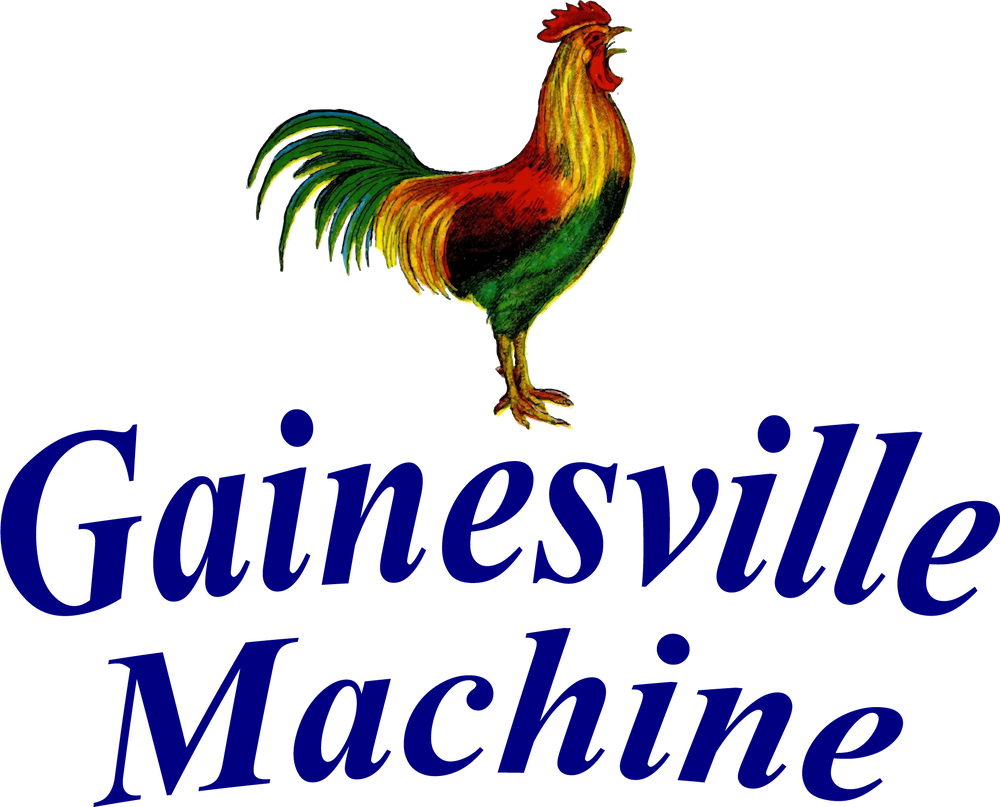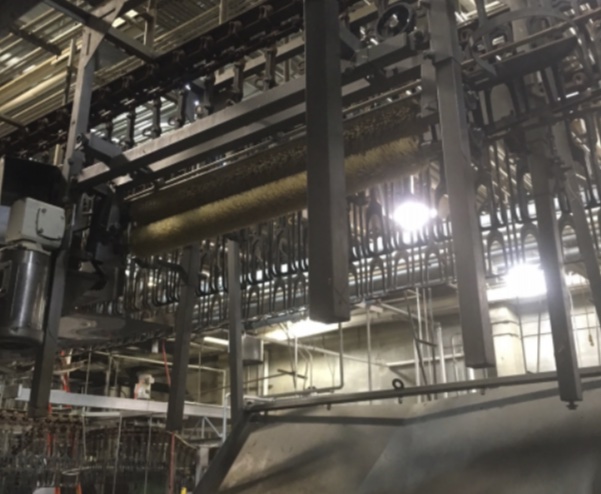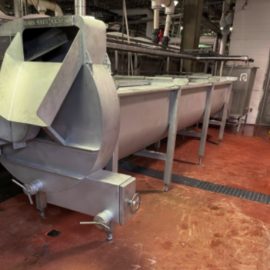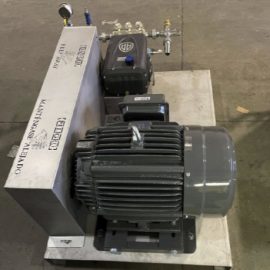Key Functions of a Paw Brush
- Cleaning and Sanitizing:
- Removes dirt, debris, and contaminants from the paws to improve hygiene.
- Helps sanitize the paws to reduce bacterial contamination.
- Hygiene Maintenance:
- Prevents cross-contamination between carcasses, maintaining cleanliness in the processing area.
Components of a Paw Brush
- Brush Mechanism:
- Consists of rotating brushes or bristles that clean the paws as they pass underneath.
- Removes debris and contaminants effectively.
- Water Spray System:
- Sprays water or sanitizing solution onto the brushes and paws, aiding in cleaning and sanitization.
- Conveyor System:
- Transports poultry carcasses underneath the paw brush, ensuring all paws are cleaned thoroughly.
Advantages
- Hygiene:
- Ensures cleanliness by removing dirt and contaminants from the paws, reducing bacterial contamination.
- Efficiency:
- Automates the cleaning process, increasing processing efficiency and consistency.
- Food Safety:
- Helps meet food safety standards by cleaning and sanitizing poultry paws before further processing.
Application
- Poultry Processing:
- Used in poultry processing plants to clean and sanitize the paws of carcasses before further processing or packaging.




